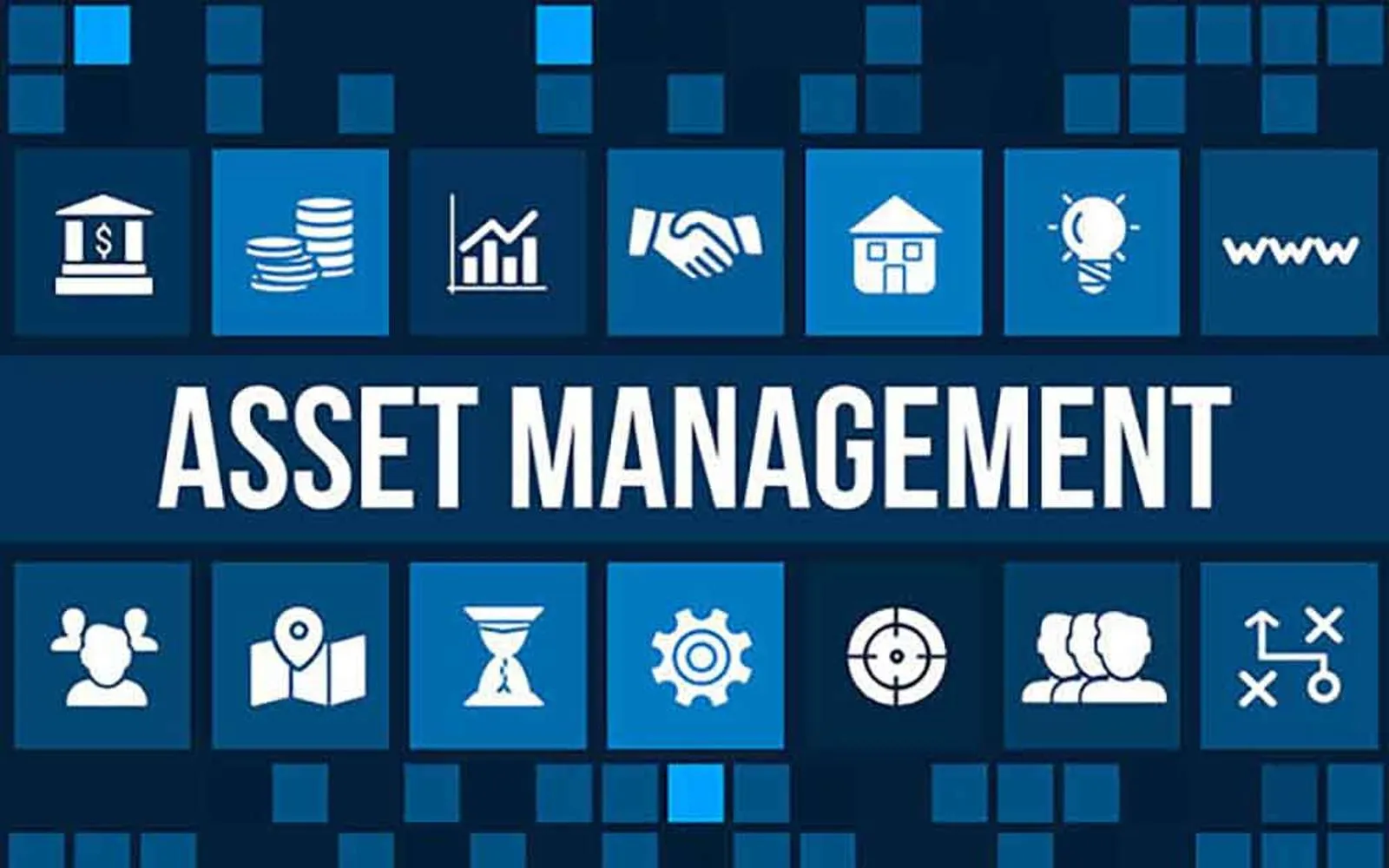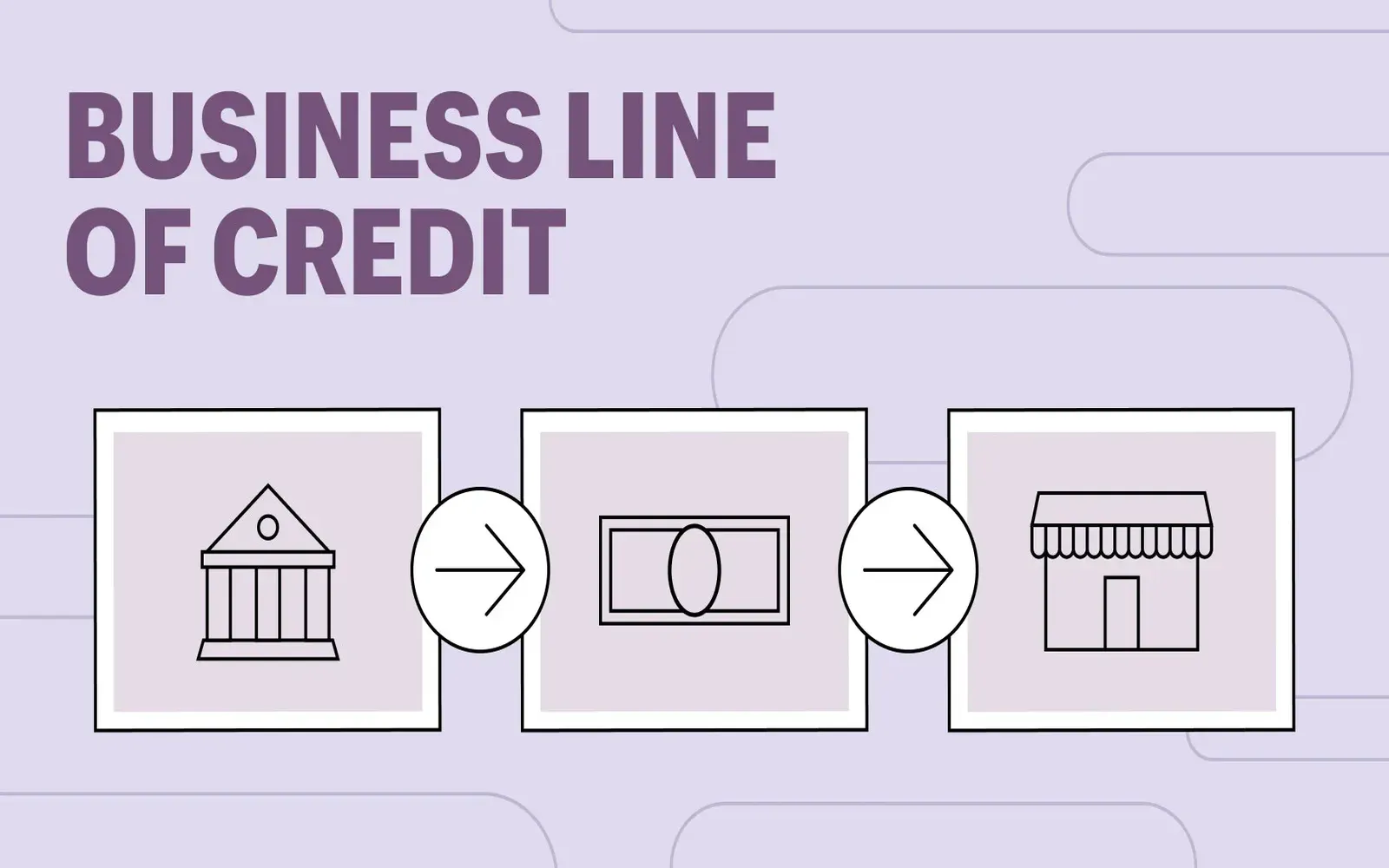Sustainable Investment Trends: Why Green Loans Are Growing
As we move towards a more sustainable future, the financial sector is adapting to meet the growing demand for environmentally responsible financing. In 2025, the concept of eco-friendly financing will be more prominent, with an emphasis on green loans that support projects aimed at reducing environmental impact. Understanding the benefits of these loans can help individuals and businesses make informed decisions that align their financial goals with their commitment to sustainability.
What are Green Loans?
Green loans are specialized financing options designed to fund environmentally friendly projects. These loans can be utilized for various purposes, including renewable energy installations, energy-efficient home improvements, sustainable agriculture, and eco-friendly infrastructure development. The primary goal of green loans is to promote initiatives that contribute to the reduction of carbon emissions and foster a more sustainable economy.
Benefits of Green Loans
Opting for green loans comes with numerous advantages that can positively impact both borrowers and the environment.
1. Financial Incentives
One of the most compelling reasons to consider green loans is the potential for lower interest rates and favorable terms. Many financial institutions offer incentives for projects that align with environmental sustainability goals. Borrowers may find that they can secure loans at a reduced rate compared to traditional financing options, which can lead to substantial savings over the loan's lifetime.
2. Government Support and Tax Benefits
Governments around the world are increasingly supporting sustainable initiatives through various programs. In many cases, borrowers of green loans may qualify for tax credits, deductions, or grants that can further alleviate the financial burden associated with eco-friendly projects. This support not only makes green loans more accessible but also encourages more individuals and businesses to invest in sustainable practices.
3. Enhanced Property Value
Investing in energy-efficient technologies or sustainable practices not only contributes to environmental conservation but can also increase the value of a property. Homes or commercial buildings that utilize renewable energy sources or feature energy-efficient designs tend to attract environmentally conscious buyers or tenants, making them more desirable in the real estate market. This enhanced property value is an important benefit of utilizing green loans.
4. Positive Environmental Impact
The most significant advantage of green loans is undoubtedly their contribution to environmental sustainability. By financing projects that lower carbon footprints and promote renewable energy, borrowers play a crucial role in combating climate change. This positive environmental impact can create a sense of fulfillment and purpose for individuals and businesses, knowing they are contributing to a healthier planet.
Types of Green Loans
Understanding the different types of green loans available can help borrowers choose the right option for their specific needs.
| Type of Green Loan | Description |
|---|---|
| Home Improvement Loans | Loans specifically for energy-efficient upgrades in residential properties, such as solar panels or insulation. |
| Commercial Green Loans | Loans tailored for businesses investing in sustainable practices or energy-efficient technologies. |
| Personal Green Loans | Unsecured loans for individuals seeking to fund eco-friendly projects, such as purchasing electric vehicles. |
| Green Mortgages | Mortgages that offer incentives for buying energy-efficient homes or properties with sustainable features. |
How to Qualify for Green Loans
Qualifying for green loans often involves demonstrating the environmental impact of the proposed project. Here are some common criteria that lenders may evaluate:
- Project Documentation: Borrowers should provide detailed project plans that outline how the funds will be used for sustainable initiatives.
- Creditworthiness: As with traditional loans, lenders will assess the borrower's credit history and financial stability.
- Energy Efficiency Certifications: Projects that meet specific energy efficiency standards or certifications may have an easier time securing green loans.
Conclusion
In 2025, the trend towards eco-friendly financing will continue to grow, making green loans an attractive option for those looking to invest in sustainable projects. With financial incentives, government support, increased property values, and a positive environmental impact, the benefits of these loans are manifold. As more individuals and businesses recognize the importance of aligning their financial decisions with sustainability goals, green loans will undoubtedly play a pivotal role in shaping a greener future.
Explore

Engagement Diamond Rings: Styles and Trends in 2025

Why Hatchback Cars Are Great for City Driving

How to Choose the Right Fund Manager Software for Your Investment Firm

Why Choosing a Local Law Firm Can Improve Your Case Outcome

Why Online Asset Management Boosts Wealth

FHA Loans Explained: Who Qualifies and What You Can Buy

Best Startup Business Loans to Fund Your Vision
Unlocking Health: Your Comprehensive Guide to Medical Loans for Affordable Care
